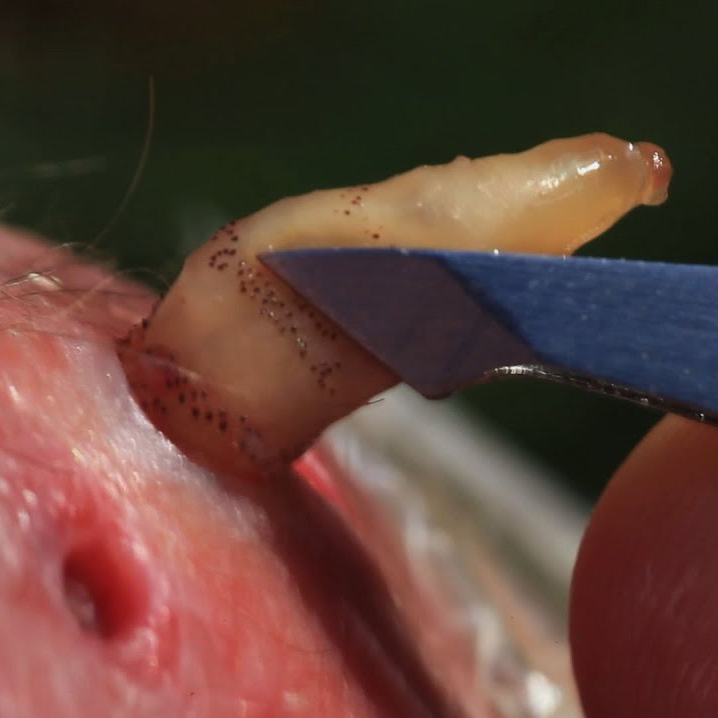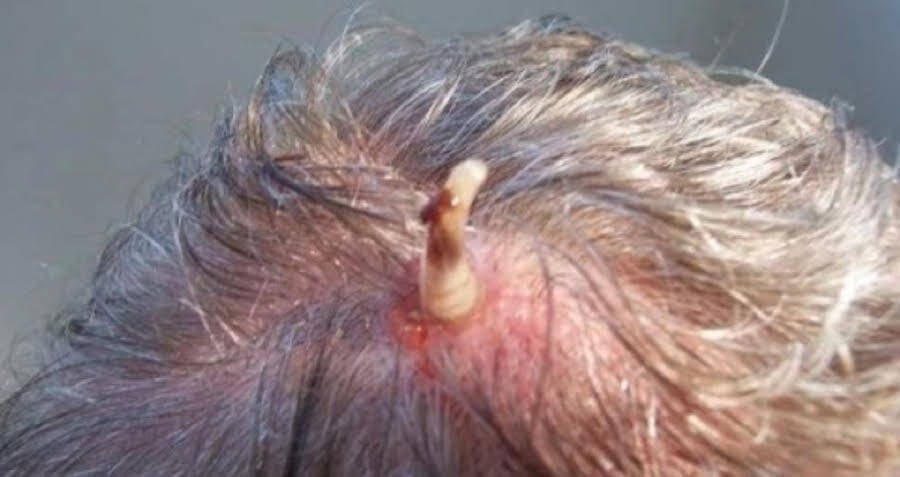Bot Fly Removal

About
Watching Bot Fly removal can Be addictive
Germany
Description
 Bot fly- Removal is Insane, Why?
Bot fly- Removal is Insane, Why?
The human bot fly, Dermatobia hominis (Linnaeus Jr., 1781), is a large, densely haired fly that looks like a bumblebee (Kahn 1999). The human bot fly is native to Central and South America. The fly is not known to transmit disease-causing pathogens, but the larvae of Dermatobia hominis will infest the skin of mammals and live out the larval stage in the subcutaneous layer, causing painful pustules that secrete fluids. The infestation of any fly larvae inside the body is known as myiasis.

Botflies are predominantly found in Central and Southern America, and infection with the larvae is known as myiasis. This particular case is atypical as botfly ...

About
Watching Bot Fly removal can Be addictive
Germany
Description
 Bot fly- Removal is Insane, Why?
Bot fly- Removal is Insane, Why?
The human bot fly, Dermatobia hominis (Linnaeus Jr., 1781), is a large, densely haired fly that looks like a bumblebee (Kahn 1999). The human bot fly is native to Central and South America. The fly is not known to transmit disease-causing pathogens, but the larvae of Dermatobia hominis will infest the skin of mammals and live out the larval stage in the subcutaneous layer, causing painful pustules that secrete fluids. The infestation of any fly larvae inside the body is known as myiasis.

Botflies are predominantly found in Central and Southern America, and infection with the larvae is known as myiasis. This particular case is atypical as botfly ...

